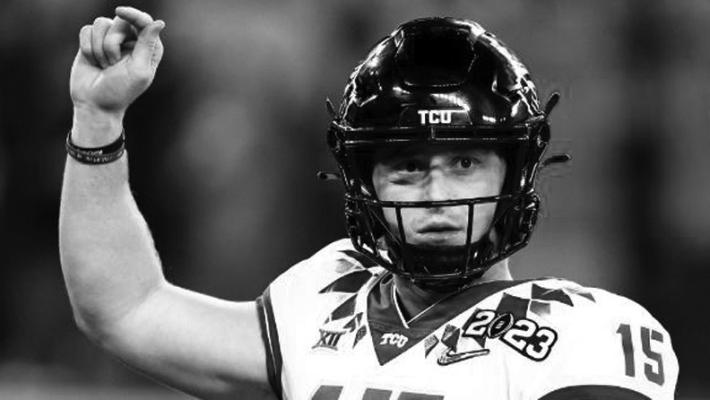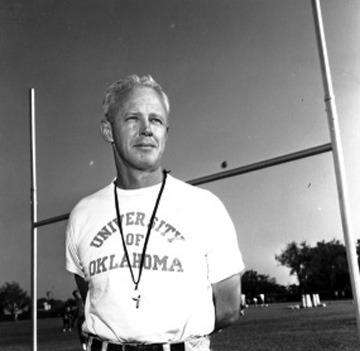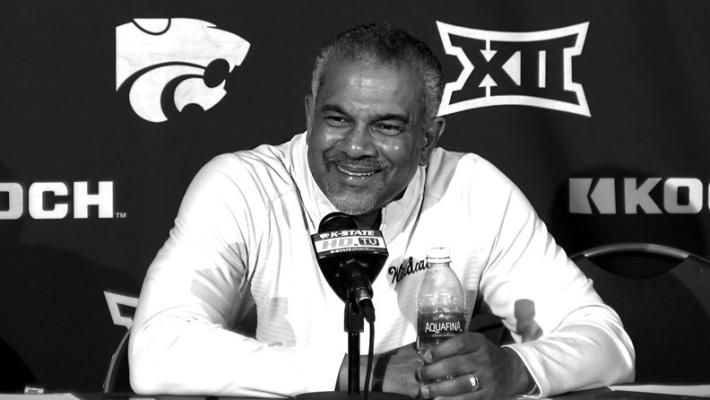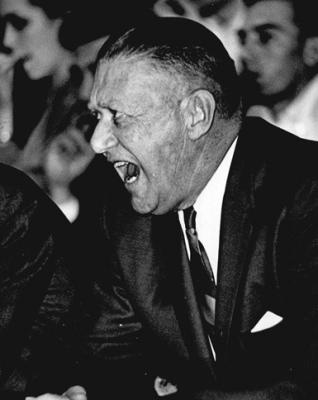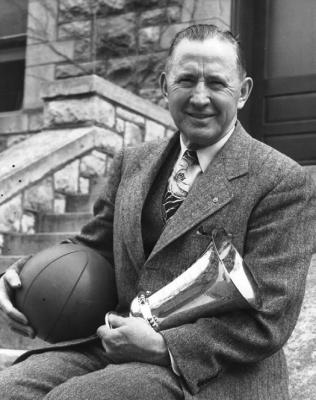It’s a good time to be a Big XII sports fan
It is a good time to be a fan of the Big XII Conference. Six Big XII basketball teams are listed in the most recent Top 20 polls. It is generally acknowledged by all but the very biased commentators that the conference is the best basketball league in the nation. Kansas State is No. 5, Kansas is No. 9, Texas is No. 10; TCU is No. 11, Iowa State is No. 12 and Baylor is No. 17 in the AP Poll.
Texas will be leaving the conference soon, but Houston is a school that will be joining next season and it is No. 3 Conference member TCU recently played for the national championship in football. The fact that Georgia annihilated TCU in the championship game is beside the point. TCU quieted some noisy Big 10 supporters by whipping up on Michigan in the semis.
I just simply say that I am enjoying the moment.
I have always had a special place in my heart for the Big XII and its predecessor conferences. My affinity for the Big XII goes back to the days when it was the Big Eight and before that to when it was the Big Seven. Actually, the conference dates back to 1907 when the Missouri Valley Intercollegiate Athletic Association was formed. The charter members of the MVIAA were Kansas, Missouri, Nebraska and Washington (St. Louis), plus the University of Iowa was a member holding joint membership in the new conference and the Big 10. Iowa would drop its affiliation with the Missouri Valley in 1908. Drake and Iowa State joined the conference two months after it was formed. Grinnell of Iowa, Kansas State, Oklahoma and Oklahoma A&M joined soon afterwards.
In 1928, the MVIAA split into two conferences, both retaining the MVIAA name officially, but the one involving the larger schools took “Big Six” as a descriptive moniker. The Big Six were Oklahoma, Kansas, Kansas State, Missouri, Nebraska and Iowa State. Drake, Grinnell, Washington and Oklahoma A&M were in the second MVIAA conference, which was known familiarly as the Missouri Valley. Colorado joined the Big Six to make it the Big Seven in 1948 and Oklahoma State (formerly A&M) joined in 1957 to make it the Big Eight. The conference officially lost its connection to the MVIAA in 1964 when the name legally became the Big Eight.
My memories of the Big Seven/Eight Conference include many highlights. Of course, many of the earlier recollections center around the family dining room radio where Dad and I would listen to sporting events very faithfully.
There was the football season back in the years Bud Wilkinson’s Sooner teams were dominating the conference. After Oklahoma State joined in 1957 Big Eight football was known as Oklahoma and the Seven Dwarfs. The conference champion went to the Orange Bowl every other year. The bowl contract said that no team could play two years in a row, and since Oklahoma won every time, the second-place team was awarded the trip to Miami every-other year. The big drama in those off years was which team was going to finish second behind the Sooners. Kansas State was historically bad back then, but there was one year in which Nebraska, and K-State were in the running to finish second. There was a lot of excitement in the Manhattan area since Kansas State at that time had never participated in a postseason bowl game. Alas, Nebraska beat the Wildcats in a late season game to earn the trip to play Maryland or Duke or one of the Atlantic Coast Conference teams. That was before Nebraska became a powerhouse that challenged Oklahoma every season.
Another dining-room radio memory has to do with the Big Seven/Eight Basketball Tournament. Way back when, the conference tournament was played during the Christmas break and always was housed in what those who lived in my area considered the Mecca of college basketball-- Kansas City’s Municipal Auditorium. There were four games all three days of the tournament, and it was a Christmas ritual in my family to play games at the dining room table, with the radio tuned to basketball games in the background. The Kansas teams (KU and K-State) were usually two of the better basketball teams and Dad would root for one of them (unless the opponent was Oklahoma and then he’d be for the Sooners). Since there were only seven schools in the conference, a non-conference team would be invited to fill out the bracket. To assure that a member school would emerge as the tourney winner, usually the guest team was Yale or Princeton or Wyoming or some other not-verygood outfit. As I recall, one year guest Stanford did play in the championship game, but lost to Kansas State helping to retain Big Seven pride. There were some great names in Big 7/8 basketball. Coaches like Phog Allen at Kansas, Jack Gardner and Tex Winter at Kansas State, Sparky Stallcup and Norm Stewart at Missouri, Sox Walseth at Colorado, and of course, Henry Iba at Oklahoma State, roamed the sidelines.
I was in college when one of the best Big Eight Tournament finals in history was played. I was a student at Kansas my freshman year and that season was probably the worst in KU history. The Jayhawks finished in seventh place, an embarrassment to the memory of James Naismith and Phog Allen (who was still living at the time). But the next year Kansas was better and the Jayhawks worked their way into the tournament finals against bitter rival K-State. The game went into triple overtime, with Kansas pulling out the win. I wasn’t there, but no doubt there was a smile on the face of Dr. Allen after that game.
There have been many, many other sports memories of the Big Seven/Eight. But one of my proudest moments came at the end of the 1971 football season when Nebraska was ranked No. 1 in the final poll, Oklahoma was No. 2, and Colorado was No. 3. That was the year of the “Game of the Century” between Nebraska and Oklahoma--eventually won by Nebraska 35-31. The two teams were ranked 1 and 2 and the game lived up to expectations with No. 1 Nebraska eking out a victory. Going into bowl games, Nebraska went to the Orange Bowl to play Alabama while Oklahoma met Auburn in the Sugar Bowl. Both teams emerged with lopsided victories and meanwhile, Colorado defeated Houston easily in the Astro/Bluebonnet Bowl, setting up the 1,2,3 ranking for Big Eight teams.
In its history, the Big Six/ Seven/Eight had a long list of national champions including 11 in football, four in baseball, two in men’s basketball, two in women’s basketball, three in men’s cross country, five in women’s cross country, nine in men’s golf, 14 in men’s gymnastics, 14 in skiing (all Colorado), four men’s indoor track, three women’s indoor track, three men’s outdoor track, one volleyball and 27 wrestling.
In 1996, the Big Eight was dissolved to form the Big 12. I was not a happy camper as the new conference included four members of the Southwestern Conference, which I had never liked. The worst part of that was that Texas was a part of the new conference and I knew I would have difficulty rooting for any Longhorn team. That fear proved to be an accurate prediction of things to come and although I would pull for the Big XII to be well represented, my enthusiasm was less than 100 per cent when a Longhorn team was involved. I became a Baylor fan a couple of basketball seasons and was gratified when the Bears did win the NCAA Tournament that year. It was even more exciting when Kansas won in 2022 and made it two years in a row for the conference to win the title.
The conference again is in the midst of change. I will be sad to see Oklahoma leave (but not so much Texas). It will take a little to get used to the addition of Brigham Young, Houston, Cincinnati and the University of Central Florida. But my hunch is, even as old as I am, I will continue to be a big fan of the Big XII Conference. It is just in my blood.

